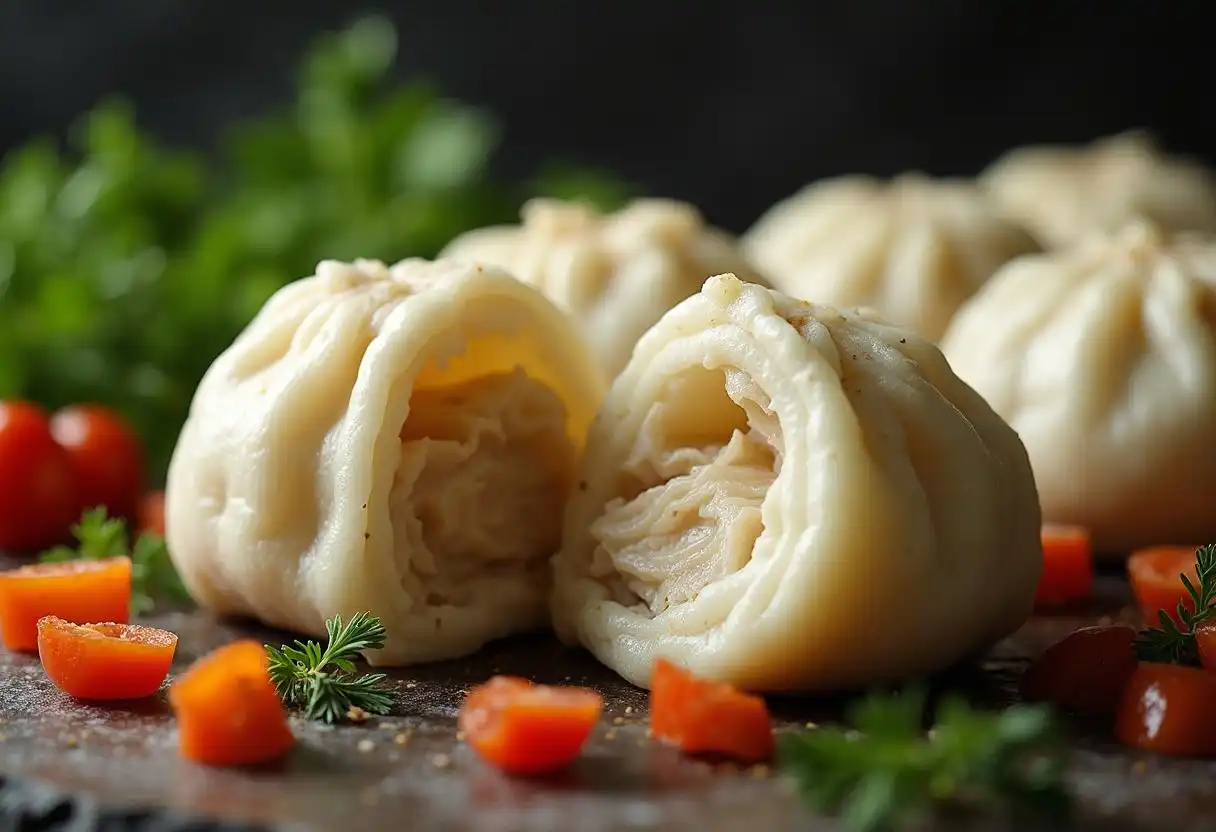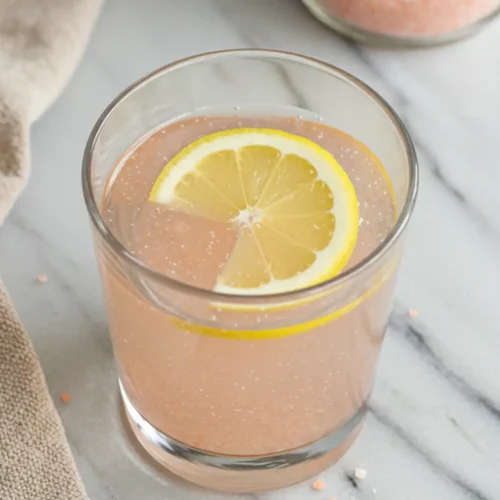Alright, let’s begin with a little history lesson, shall we? Suet dumplings, those comforting balls of dough, have been a staple in kitchens for generations; they’re a classic example of using simple ingredients to create something absolutely delicious. Furthermore, these dumplings are traditionally made with suet, which, of course, is a type of fat. Additionally, they’re often paired with hearty stews and savory dishes. They’re, basically, a real hug-in-a-bowl kind of food, if you ask me!
Now, you might be wondering, what’s all the fuss about Atora dumplings? Well, Atora is a brand that’s become synonymous with quality suet. Indeed, their pre-shredded suet makes it super easy for home cooks to whip up a batch of dumplings without all the fuss. Accordingly, they’re a go-to for so many people, chiefly because they make a traditional, comforting meal a little easier and more accessible. That said, even with the best ingredients, sometimes things go a little awry in the kitchen, which is why we’re here, right?
Why Are My Atora Dumplings Hard?
Common Causes of Hard Dumplings
So, imagine you’ve got a pot of stew simmering, and you’ve eagerly dropped in your Atora dumplings, only to discover they’ve come out hard as rocks. What gives? It’s a common problem, but it’s usually down to a few key things. Specifically, overmixing the dough, using the wrong ratio of ingredients, not having enough liquid, or even the cooking method itself can all contribute to tough dumplings. In fact, it’s like they’ve got a case of the “hards,” and we’re here to cure them.
Understanding the Role of Suet
Now, let’s talk about suet. It’s the star of the show when it comes to Atora dumplings. Essentially, it’s a type of fat that gives them a unique flavor and texture. Furthermore, it’s very important because it helps make the dumplings tender, however, it can also be the cause of hard dumplings if not handled properly. We need to make sure that we use enough of it, but also not too much, or they can become dense. Ultimately, it’s all about finding that perfect harmony. here’s Wok Skills 101: Steaming.
Why Do My Dumplings Come Out Hard?
Overmixing: A Common Culprit
Here’s a classic mistake that many of us have made (myself included!): overmixing the dough. Basically, when you mix the dough too much, you develop the gluten, which, consequently, leads to tough, hard dumplings. Therefore, treat your dough gently! Think of it like you’re giving the dough a little hug, not a wrestling match!
Cooking Techniques That Impact Texture
The way you cook your dumplings can also make a world of difference. For instance, if you’re boiling them too aggressively, they can get hard. You need a gentle simmer. Think of it like a relaxing bath for the dumplings, not a wild jacuzzi party. Indeed, it’s all about being calm and gentle to avoid the “hards.” Additionally, keep an eye on that liquid level! you can check out Science of Gluten Development for more info!
Why Are My Suet Dumplings Not Fluffy?
The Science Behind Fluffiness
Alright, let’s discuss fluffiness. What makes a dumpling light and airy? Well, chiefly, it’s all about creating steam! The steam pushes the dough up and apart, making it light and fluffy. Comparatively, when the dough is too dense or there isn’t enough steam, the dumplings will be flat and hard. Indeed, it’s like the difference between a bouncy castle and a flat pancake – we’re going for bouncy castle here!
Mistakes That Weigh Down Dumplings
So, what’s stopping your dumplings from reaching their fluffy potential? Usually, it’s because the dough is too heavy (from overmixing), or there’s not enough liquid to create steam. Moreover, it could also be that your pot is too crowded, not leaving enough room for the dumplings to grow. Think of it like giving your dumplings room to breathe, and they’ll come out light as a feather.
How Do You Keep Dumplings Soft?
Timing and Temperature
Okay, so you’re ready to make some changes, right? First, timing is crucial. Don’t cook those dumplings for too long! They only need a gentle simmer for about 20 minutes, or until they are cooked through and fluffy. Also, make sure to keep your simmering liquid at a gentle temperature – no aggressive boiling allowed! It’s about being patient and gentle.
Secrets to Consistently Tender Dumplings
Here are some of my tried-and-true secrets to get soft, tender dumplings: First, don’t overmix the dough. Secondly, use cold liquids to keep the suet from melting too quickly. Thirdly, make sure there’s enough simmering liquid, and don’t crowd the pot. Finally, cook them at a gentle simmer. By following these simple steps, you’ll be saying goodbye to hard dumplings for good!
What Is the Secret to Juicy Dumplings?
Moisture Retention Techniques
Juicy dumplings are all about keeping that moisture locked in. Consequently, don’t overcrowd the pot, so there is enough space for steam. You can also try simmering your dumplings in stock or broth instead of just water to add flavor, as well as keep them extra moist. This, undoubtedly, is the secret to making sure they’re juicy, not just soft.
Choosing the Right Ingredients
The right ingredients can make a big difference. Make sure your suet is cold and fresh, not melted. Additionally, you can use self-rising flour instead of plain flour to add a little extra fluffiness. Furthermore, a pinch of salt also goes a long way. While these are small steps, they make a huge difference in the final outcome.
How to Perfect the Dough for Atora Dumplings
Achieving the Ideal Consistency
When mixing your dough, aim for a soft, slightly sticky consistency. If it’s too dry, add a little more liquid, a tablespoon at a time, until it all comes together. It should be easy to handle and form into balls, without being too wet and sticky. It’s the “Goldilocks” of dough: not too wet, not too dry, but just right!
Adjusting Proportions for Perfection
You might need to adjust your proportions a bit to get the best results. Generally, most recipes call for a 2:1 ratio of flour to suet, but if you find your dumplings are still hard, try using a little more suet or less flour. Ultimately, it’s all about finding what works best for you and your kitchen. Don’t be afraid to play around with the recipe until you get it just right!
Cooking Techniques for Soft Dumplings
The Boiling vs. Steaming Debate
You might be wondering, “Should I boil or steam my dumplings?” Well, both can work, however, I find steaming to be more gentle and forgiving. When you boil the dumplings, you do have to make sure you don’t do so at a hard boil, which will make them tough. You can try either, but go for gentle methods!
Tips for Even Cooking
No one wants a dumpling that’s raw in the middle! To ensure even cooking, make sure your dumplings are roughly the same size and don’t overcrowd the pot. If you’re steaming them, make sure there is enough water in the pot, and the steam is reaching all the dumplings. It’s basically all about being mindful and ensuring even cooking all the way around.
Flavor and Texture Enhancers for Dumplings
Adding Herbs and Spices
Want to take your dumplings to the next level? Try adding herbs and spices to the dough! Fresh parsley, thyme, or even a pinch of nutmeg can add amazing flavor. It’s a great way to make your dumplings unique and extra special.
Creative Twists for Juicier Dumplings
For extra juicy dumplings, try incorporating a little bit of grated cheese or finely chopped onion into the dough. Another fun trick is to simmer them in stock instead of water. These little additions can make a huge difference, so get creative and have some fun!
FAQs
Alright, then, let’s tackle those burning dumpling questions!
Q: Why do my dumplings come out hard?
Q: Why are my suet dumplings not fluffy?
Q: How do you keep dumplings soft?
Q: What is the secret to juicy dumplings?
Recap of Key Tips
Alright, dumpling enthusiasts, we’ve reached the end of our journey, and I hope you’re feeling confident and ready to make some amazing Atora dumplings! Let’s quickly recap the key tips to avoid those dreaded hard dumplings: First, don’t overmix the dough. Second, make sure there’s enough liquid. Third, use a gentle simmer. Fourth, keep those ingredients cold. Fifth, don’t overcrowd your pot.
And finally, always be patient. With these tips in mind, you’ll be whipping up fluffy, juicy dumplings in no time! Want to try a traditional suet dumpling recipe? Check out this Atora Suet Dumplings Recipe and start cooking! Happy cooking!











